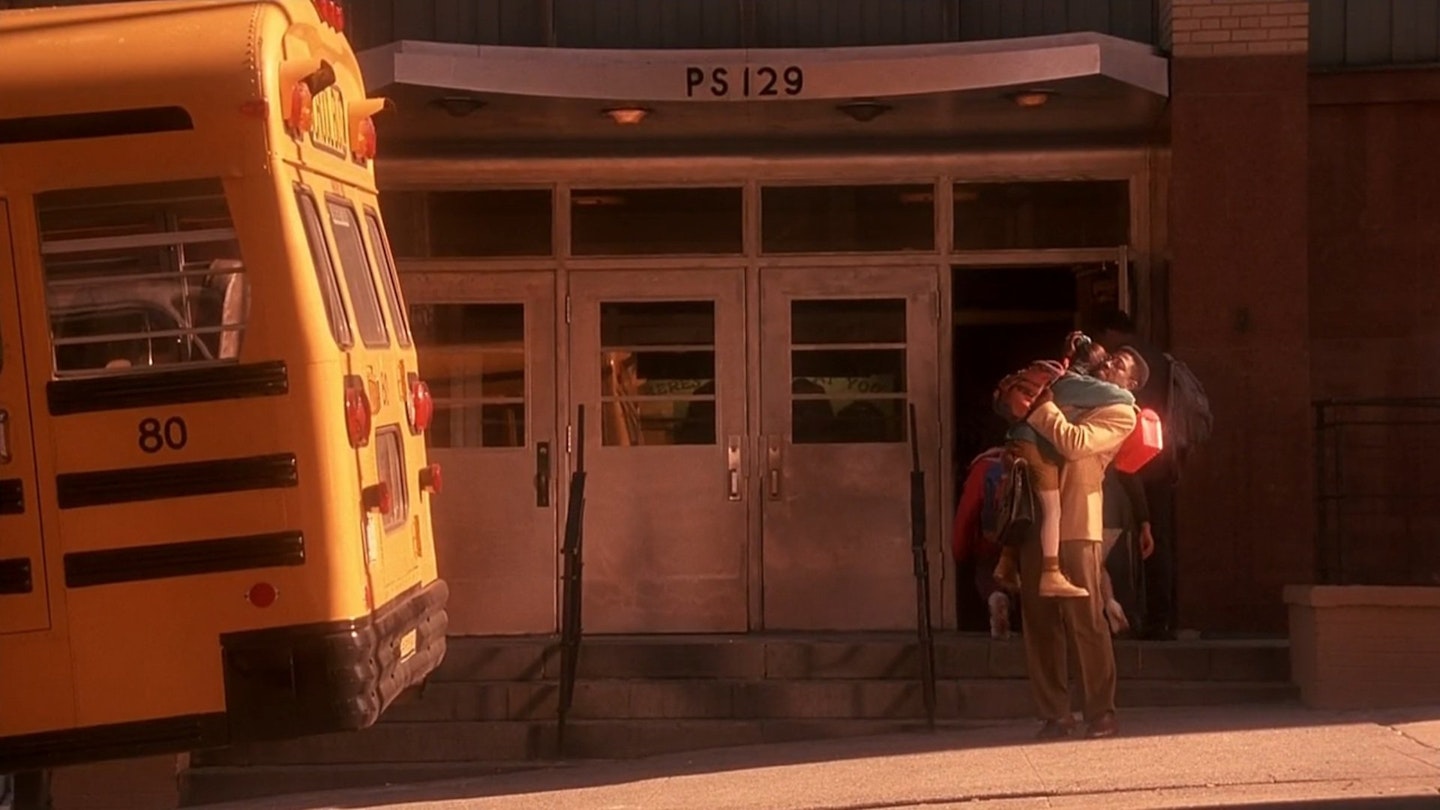Jungle Fever arrived in the UK on the inevitable wave of controversy, hot air and dark mutterings of racism and conspiracy theories. Luckily for Spike Lee, however, this, his fifth film, just about lives up to such unnaturally inflated expectations. The excellent Wesley Snipes is Flipper, Harlem boy made good in his architect's job downtown. The less impressive Annabella Sciorra is Angle, straight out of Bensonhurst and straight into Flipper's bed after a few late nights in the office.
The two naturally exclusive worlds collide with various violent results, all amplified by the sideshow provided every day in the house and shop of Paulie Carbonne (a typically outstanding performance by Turturro) and his elderly pop, the decidely ham-like Anthony Quinn. So far, so sort of Do The Right Thing only less frantic, more assured than before.
Suddenly, however, the entire film disappears off into that area marked the nightmare of America's crack epidemic and, not for the first time, Spike Lee is left with too much to do and not nearly enough time to do it in. Thus, Flipper and Angie seem to meet, mate and split up in the space of a few minutes, while Flipper's crackhead brother Gator, an inspired creation from Samuel L. Jackson, suddenly takes centre stage where previously he had merely shuffled around.
As for Paulie Carbonne, one can only assume he is still in the shop with his loudmouth clientele, as Spike simply never gets round to telling us. If too much is left unresolved and naggingly left hanging in the air, what is addressed is approached in typically gutsy style, is as superbly conceived as ever, and includes a number of memorable set pieces, most notably a visit to a crack den which, accompanied by the epic sound of Stevie Wonder's Living In The City, is simply unforgettable.
